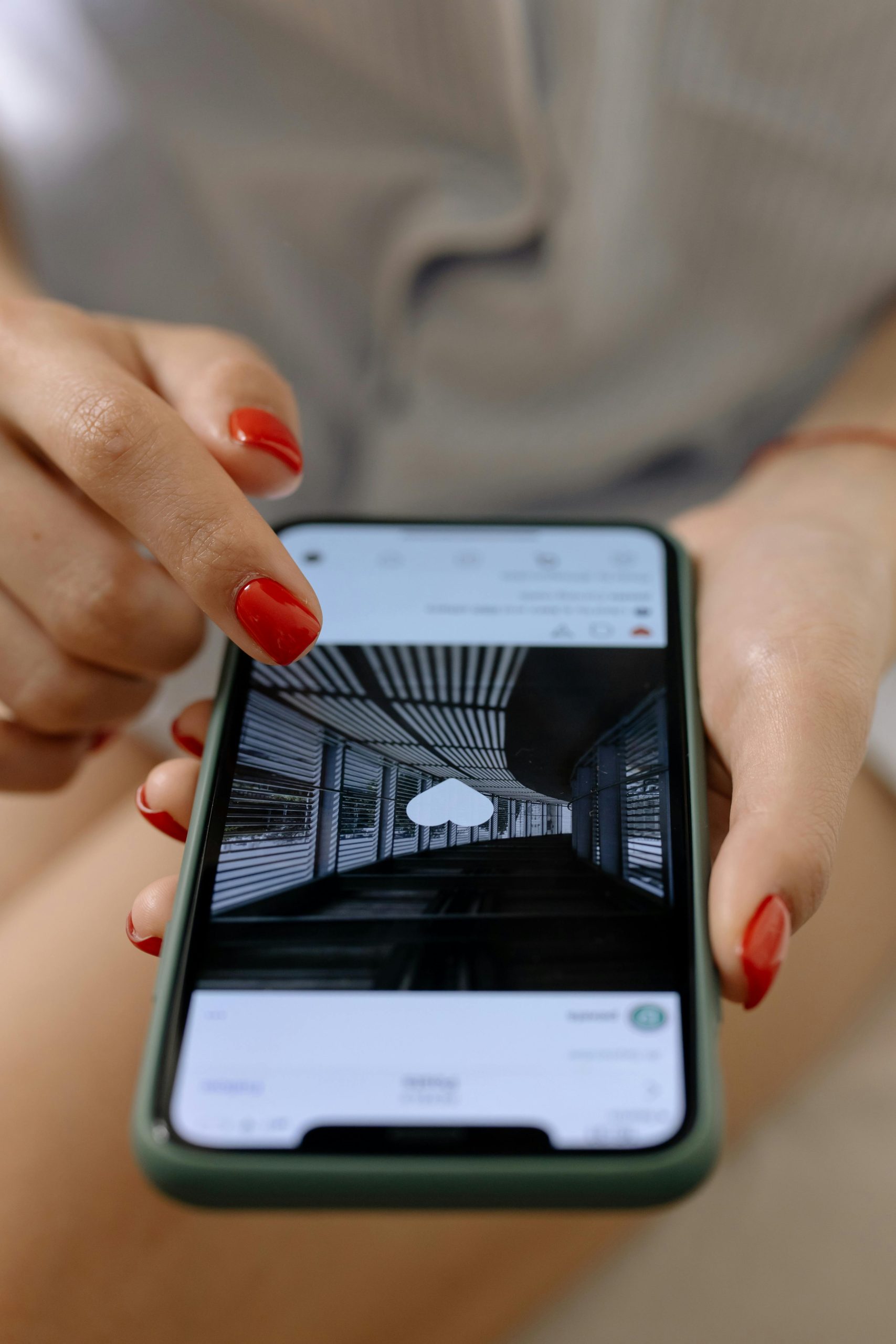How Colombians Save Money With These Local Apps
Living in Medellín for the past four years, I’ve watched something absolutely fascinating unfold. While most tourists stick to international apps like Uber Eats or traditional banking, locals have quietly built an entire ecosystem of homegrown applications that slash daily expenses by genuinely impressive margins. We’re talking real savings here—not the marketing fluff you see elsewhere. What struck me most during my early months was witnessing my Colombian colleagues spend roughly 40% less on identical purchases simply because they knew which apps to use. Having worked in fintech previously, I recognized immediately that this wasn’t just about convenience—this represented a fundamental shift in how an entire nation approaches personal finance management.
Colombia Fast Fact: Colombia has over 35 million smartphone users as of 2024, with mobile app penetration reaching 87% in urban areas. The country leads Latin America in fintech adoption, with locally-developed financial apps seeing 340% growth since 2020.
Here’s what gets me excited about this phenomenon: these aren’t just copycat versions of international services. Colombian developers have created solutions specifically tailored to local economic realities, payment preferences, and cultural behaviors. They understand that a significant portion of the population operates primarily with cash, that delivery logistics work differently in mountainous cities like Bogotá, and that traditional banking often fails to serve everyone effectively.
The results speak for themselves. According to recent studies1, Colombian households using locally-developed financial and service apps reduce monthly expenses by an average of 23% compared to those relying solely on traditional services or international alternatives.
But here’s where it gets really interesting—and where I initially made costly mistakes. Simply downloading these apps isn’t enough. There’s a learning curve, specific strategies for maximizing benefits, and cultural nuances that can make or break your savings potential. I spent my first six months using these platforms inefficiently, missing out on substantial savings opportunities that locals navigate intuitively.
Key Insight
The most successful money-saving strategies combine 3-4 complementary Colombian apps rather than relying on a single platform. Local users typically maintain active accounts across different categories, switching between services based on promotions, seasonal offers, and specific purchase types.Food Delivery Revolution: Beyond Rappi and Uber Eats
Everyone knows about Rappi—but honestly, that’s just scratching the surface. The real savings come from understanding Colombia’s diverse food delivery ecosystem and knowing when to use each platform strategically. I learned this the hard way after spending way too much on delivery fees during my first year. **Domicilios.com** remains my go-to for substantial savings on restaurant orders. What makes this platform different is their negotiated rates with local restaurants—often 15-20% lower than what you’ll find on international platforms2. They’ve been operating since 2000, giving them established relationships that newer platforms can’t match. But here’s where local knowledge pays off: **PedidosYa** frequently runs promotions that stack with restaurant discounts. Last month, I combined a 30% off coupon with a restaurant’s Tuesday promotion, ending up with a meal that cost less than cooking at home. The key is timing—these promotions typically run Sunday through Tuesday when order volumes are lower.
“The difference between what I spent on food delivery before discovering these local strategies versus now is honestly embarrassing. I was throwing away probably 200,000 pesos monthly just because I didn’t understand the ecosystem.”
Personal reflection, budget review 2023
For grocery delivery, **Merqueo** has revolutionized how I shop. Their bulk buying options and subscription discounts create savings that compound monthly. But the real genius is their dynamic pricing—they adjust costs based on demand, meaning early morning and late evening orders often cost significantly less.
Actually, thinking about it differently—the grocery delivery landscape here teaches you about Colombian consumer behavior. Unlike in North America where convenience often costs premium, many of these local platforms operate on volume models that reward regular users with increasingly better deals.
| Platform | Best For | Average Savings | Payment Options |
| Domicilios.com | Restaurant delivery | 15-20% vs competitors | Cash, PSE, cards |
| Merqueo | Grocery delivery | 25% with subscriptions | Digital wallets, PSE |
| PedidosYa | Promotional stacking | 30-40% during promos | All major options |
Transportation & Ride-Sharing: Beyond the Obvious
Everyone talks about Uber versus traditional taxis, but the real transportation savings come from platforms most visitors never discover. **InDriver** has fundamentally changed how I think about ride-sharing economics in Colombian cities. Unlike fixed-rate platforms, InDriver lets you negotiate fares directly with drivers. Initially, I felt uncomfortable with this approach—coming from a fixed-price mentality. But local friends taught me the unwritten rules: offer 20% below the suggested price for non-rush hours, be willing to wait 5-10 minutes for acceptance, and always be polite in negotiations. The results? My average ride cost dropped by roughly 35% compared to traditional ride-sharing apps3. During off-peak hours, I’ve secured rides for nearly half the cost of standard platforms. **Picap** deserves special mention for inter-city travel. This Colombian startup connects travelers with licensed drivers for longer routes, creating a carpooling ecosystem that’s both economical and social. A trip from Medellín to Guatapé that costs 80,000 pesos by tour bus can be done for 35,000 pesos through Picap, plus you often end up with fascinating conversations with fellow travelers.
Digital Banking Solutions: The Neobank Revolution
This is where Colombian innovation truly shines, and frankly, where I’ve seen the most substantial long-term savings. The traditional banking system here—let’s be honest—wasn’t built for the digital age. Monthly maintenance fees, transaction charges, and currency conversion costs were eating into everyone’s budgets until local neobanks stepped in. **Nequi** changed everything for me. No monthly fees, no minimum balance requirements, and instant transfers between users at zero cost. But what really sets it apart is the savings features. Their “colchón” (mattress) function automatically rounds up purchases and saves the difference. After six months of normal spending, I had accumulated over 150,000 pesos without thinking about it4. **Daviplata** takes a different approach that appeals to my analytical side. Their spending categorization and budget tracking tools are surprisingly sophisticated for a free platform. The monthly insights help identify spending patterns I never noticed—turns out I was spending 40% more on transportation during rainy months because I was avoiding walking. Actually, let me step back for a moment. The broader implication here is significant. These neobanks understand that traditional banking excluded large portions of the Colombian population through fees and requirements. By removing these barriers, they’ve created platforms that serve everyone more effectively.Banking Strategy Tip
Maintain accounts with both Nequi and Daviplata. Each excels in different areas—Nequi for instant transfers and savings automation, Daviplata for expense tracking and budgeting. The combination provides comprehensive financial management at zero cost.E-commerce & Shopping: Local Platforms with Global Ambitions
The e-commerce landscape in Colombia initially confused me. Why would locals choose **MercadoLibre** over Amazon when Amazon seemed more convenient? After a year of experience, the answer became clear: local platforms understand Colombian logistics, payment preferences, and consumer protection laws better than international competitors. **Linio** consistently offers better deals on electronics and home goods than imported alternatives. Their “Linio Plus” membership pays for itself quickly if you make regular purchases. The free shipping threshold is lower than most competitors, and their return policy accommodates Colombia’s consumer protection regulations more effectively. But here’s what really surprised me: **Falabella’s** app provides price matching that works with both online and physical store prices. I’ve saved thousands of pesos by showing lower prices from competitors, something that’s much harder to do with international platforms that don’t have local store presence.- **Éxito’s** mobile app offers exclusive digital discounts not available in physical stores
- **Carulla’s** loyalty program through their app provides 5-8% cashback on regular purchases
- **Olímpica’s** regional promotions often beat national chain prices by significant margins
- **Metro’s** bulk buying options through their app create wholesale-level savings for regular customers
Utility & Service Management: Hidden Savings Opportunities
Most people overlook utility apps, but this represents one of the largest savings opportunities for Colombian residents. **Mi Movistar**, **Claro**, and **Tigo** each offer substantial discounts through their mobile applications that aren’t available through traditional payment methods. **PSE** deserves special recognition as the backbone of Colombian digital payments. While not an app itself, understanding how to use PSE through various banking apps eliminates transaction fees that credit cards or international payment methods typically charge. I estimate this saves me roughly 50,000 pesos monthly in various fees5. **Tappsi** for taxi services and **Easy Taxi** provide alternatives to international ride-sharing that often cost 20-30% less, particularly during peak hours when surge pricing affects other platforms. Local drivers prefer these platforms because the commission structure is more favorable, which translates to better rates for passengers. But here’s where cultural understanding becomes crucial—and where I initially struggled. These platforms work best when you understand Colombian service expectations. Patience with app interfaces that aren’t as polished as international alternatives, flexibility with delivery timeframes, and appreciation for personal service over pure efficiency.
“The most successful expats I know aren’t the ones who try to recreate their home country experience in Colombia. They’re the ones who embrace local solutions and discover that they’re often superior once you understand how to use them effectively.”
Conversation with longtime expat resident, Medellín
- Start with one category (banking or food delivery) and master those apps completely
- Learn the promotional cycles—most Colombian apps run major discounts on predictable schedules
- Combine multiple apps strategically rather than trying to use one platform for everything
- Embrace cash payment options when they offer additional discounts
- Build relationships with customer service—personal attention often leads to better deals
References



